Are Axolotls Legal or Illegal in North Dakota? Everything You Need to Know
If you’ve been thinking about getting an axolotl in North Dakota, you’re probably wondering if it’s even allowed. They’re unique, quirky pets that have captured the hearts of many aquatic animal lovers.
But before you start setting up an aquarium for one, it’s crucial to know if it’s legal to own one in your state. No one wants to get into trouble just for trying to keep a cool pet!
The good news is, axolotls are legal in North Dakota, but there are a few important details you should be aware of before bringing one home. Let’s take a look at the rules and regulations surrounding axolotl ownership in North Dakota.
Are Axolotls Legal in North Dakota?
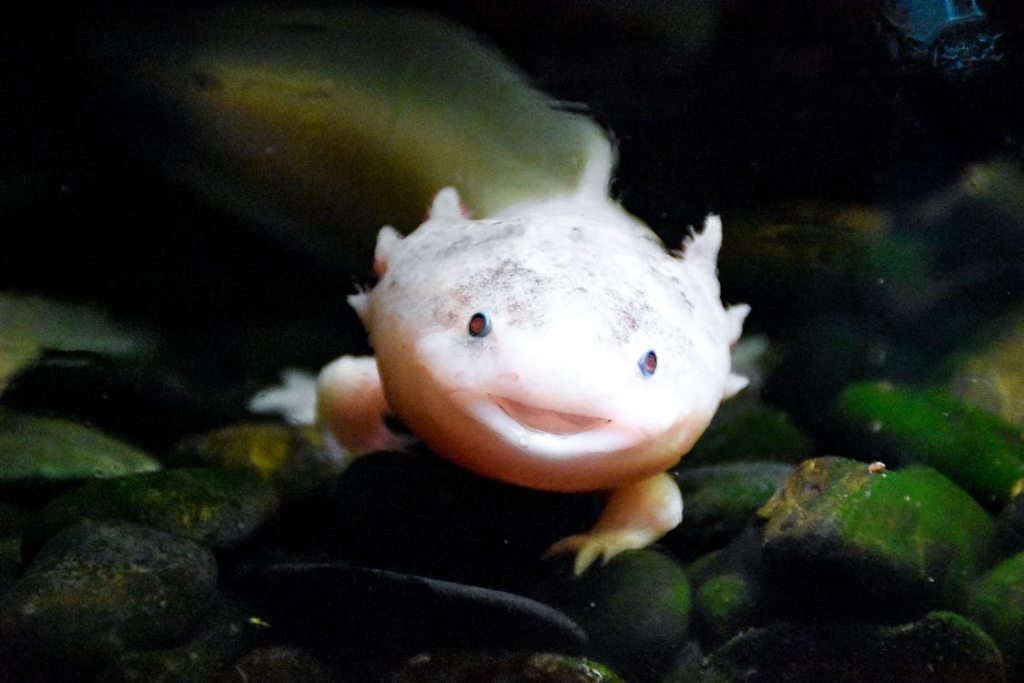
Axolotls are completely legal to own in North Dakota, which makes it a great place for enthusiasts of these fascinating creatures. Unlike some states where exotic pets are regulated or banned, North Dakota doesn’t impose any specific restrictions on axolotls.
A 2019 assessment indicated that only between 50 and 1,000 axolotls are left in their natural habitat.
General Animal Laws in North Dakota
This means you can own one, breed them, and even sell them, as long as you follow the state’s general rules for pet ownership.
While axolotls don’t face any specific legal challenges in North Dakota, it’s still important to be aware of general animal ownership laws. These are put in place to ensure that animals are cared for properly and that the public remains safe. North Dakota’s regulations mainly focus on:
- Animal Welfare: Owners must provide proper care, housing, and treatment for their pets.
- Invasive Species Laws: North Dakota has laws that protect against the release of non-native species into local ecosystems. Axolotls don’t pose a threat here, but it’s important to never release them into the wild.
- Zoological Collections: If you plan to breed or sell axolotls commercially, you’ll need to check local regulations about licensing or permits for dealing with animals for business purposes.
What Makes Axolotls Legal in North Dakota?
Axolotls are not considered invasive species in North Dakota, so they don’t fall under the state’s restrictions on non-native animals. The primary reason for their legality is that they don’t pose any harm to local wildlife or the environment.
In fact, axolotls are native to Mexico and are typically kept in controlled aquarium environments. This means they won’t survive in the wild in North Dakota’s climate, so there’s no risk of them disrupting local ecosystems.
Where to Get an Axolotl in North Dakota
Now that you know axolotls are legal in North Dakota, you might be wondering where you can find one. They’re available in various pet stores and online breeders, but it’s important to do some research before buying. Here are some tips:
Pet Stores and Local Aquariums
Some local pet stores in cities like Fargo, Bismarck, or Grand Forks may sell axolotls. However, availability can vary, so it’s a good idea to call ahead and ask. If you’re not having any luck with stores, try checking out local aquarium shops, as they often have connections to exotic pet breeders.
The density of axolotls decreased from 6000 per square kilometer in 1998 to fewer than 35 today, highlighting their critical endangerment.
Online Breeders and Sellers
If you can’t find axolotls locally, online sellers can be a great option. Be sure to check reviews, ask about the seller’s breeding practices, and verify that they have a good reputation for providing healthy pets.
Adoption from Aquatic Pet Rescues
Another option you might not have considered is adopting. There are aquatic animal rescues where you can find axolotls that need new homes. Some people may even rehome their axolotls if they can no longer care for them, and adoption can be a more ethical choice.
How to Care for an Axolotl in North Dakota
Owning an axolotl is a fun experience, but they require specific care to thrive. Since they are legal to own in North Dakota, it’s important to understand what these creatures need. Here’s a quick guide to get you started:
Creating the Perfect Habitat
Axolotls are aquatic creatures, so the most important thing is to set up a proper aquarium. Here’s what you’ll need:
- Tank Size: A 20-gallon tank is the minimum size for one axolotl. A larger tank is always better to give them room to move around.
- Water Conditions: Axolotls prefer cold water, ideally between 60-64°F (15-18°C). You’ll need a water filter to keep the water clean and a thermometer to monitor the temperature.
- Substrate: Avoid using gravel, as axolotls can accidentally swallow it, which can cause health issues. Instead, go for a fine sand substrate.
- Plants and Hiding Spots: Adding live or artificial plants and caves will give your axolotl places to hide and feel safe. These creatures like to stay in shaded, dark areas.
Diet and Feeding
Axolotls are carnivores, so they need a protein-rich diet. You can feed them:
- Worms (earthworms, bloodworms)
- Small fish (that are not toxic to them)
- Pellets designed for carnivorous aquatic animals
They don’t need to eat every day—feeding them 2-3 times a week is sufficient. Be sure to remove any uneaten food to keep the tank clean.
Female axolotls can lay between 300 to 1,000 eggs during mating season, which occurs from March to June.
Handling and Interaction
Axolotls are not the type of pet you’ll want to handle regularly. They have delicate skin that can absorb harmful chemicals, so it’s best to admire them from the outside of the tank. If you do need to handle them, make sure your hands are clean and wet.
Potential Issues to Be Aware of
While axolotls are generally low-maintenance pets, there are a few common issues that owners might face:
Health Problems
- Infections: Because axolotls have soft skin, they can easily get fungal or bacterial infections. It’s essential to keep their tank clean and monitor them for any signs of illness.
- Limb Regeneration: One of the most amazing features of axolotls is their ability to regenerate lost limbs. However, if they’re stressed or injured too much, their ability to regenerate might be affected.
Environmental Concerns
In North Dakota, where winters can be very harsh, it’s crucial to maintain a consistent water temperature in your axolotl’s tank. Heaters can help, but make sure the water doesn’t get too warm. Axolotls are cold-water animals and prefer cooler environments.
Legal Pitfalls to Avoid
Although axolotls are legal to own in North Dakota, there are still a few things to keep in mind to avoid trouble:
- Selling Axolotls: If you plan to sell axolotls, check with local authorities to see if you need a permit. There may be local regulations that require licensing for breeding or selling animals, even though axolotls themselves are legal.
- Releasing into the Wild: Never release your axolotl into North Dakota’s lakes or rivers. Releasing non-native species can disrupt local ecosystems and is illegal in most states.
Why Are Axolotls Legal in North Dakota?
You might be curious about why axolotls are legal in North Dakota while other states might have stricter regulations. The main reason is that axolotls aren’t considered a threat to local wildlife.
Unlike some exotic animals that can escape into the wild and become invasive, axolotls are confined to their tanks, making them harmless in the state’s environment.
Additionally, their popularity in the aquarium trade means that they are well-regulated, with breeders focusing on healthy, captive-bred animals. This helps prevent the spread of diseases and ensures that the pets people own are properly cared for.
What to Do If You’re Uncertain About Local Laws
Even though axolotls are legal in North Dakota, laws can change. If you’re unsure about the current regulations, you can:
- Contact Local Authorities: Reach out to the North Dakota Department of Agriculture or your local fish and wildlife department for clarification.
- Check City Regulations: Some cities might have their own rules, so it’s worth looking into local ordinances or speaking to your city council.
Conclusion: Is Owning an Axolotl a Good Idea in North Dakota?
Owning an axolotl in North Dakota is completely legal, and it can be a fun and rewarding experience for the right person. Just be sure to create the perfect environment, provide proper care, and avoid any risks that could harm your pet.
As long as you’re mindful of general animal welfare and avoid releasing them into the wild, you’ll be able to enjoy these amazing creatures for years to come.
References
Every State Where It’s Illegal to Own an Adorable Axolotl as a Pet
Why are Axolotls Illegal to Own in Some States and Provinces?
Pets That Are Illegal To Have In North Dakota [PHOTOS GALLERY]
Suddenly illegal to own axolotl in state, not sure what to do
Disclaimer
This content on Bagrica is for informational purposes only. Consult a professional for pet care or farming advice. Bagrica is not liable for any actions taken based on this information.


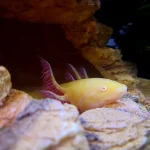
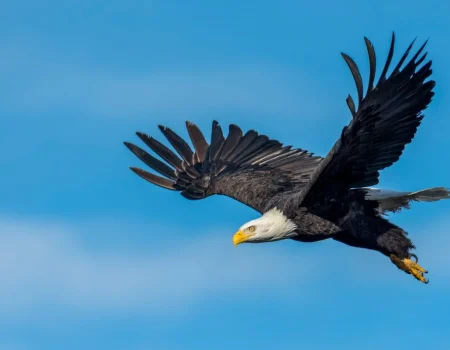
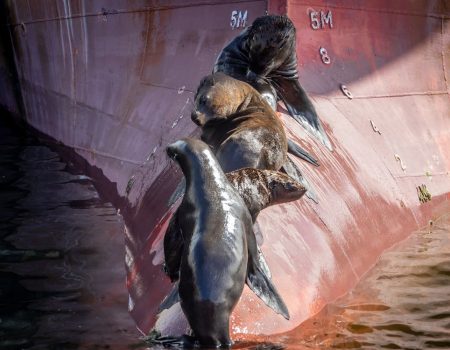
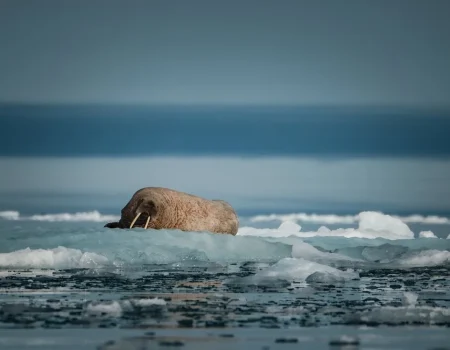
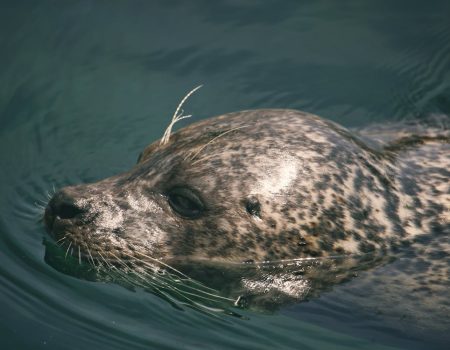
No Comment! Be the first one.